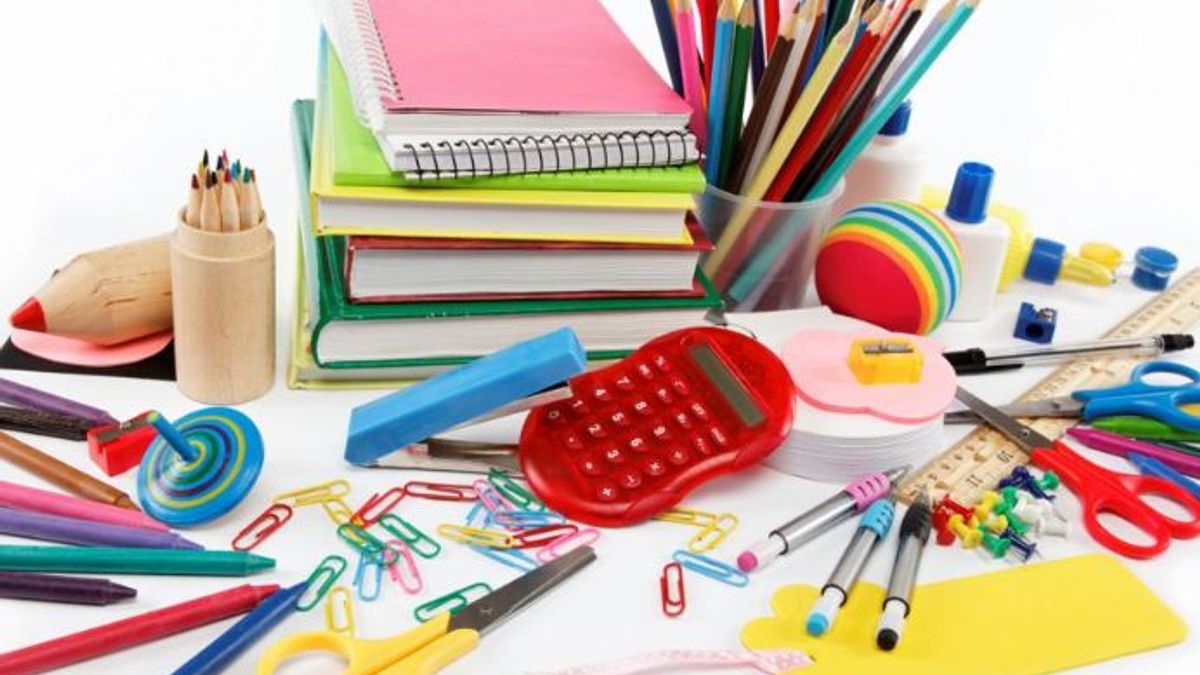Notes are important and helpful, especially in exams. A topic is covered in more than one book and, not all the topics are important therefore, it is important to make notes. Also, if the content is repeating in books, it will be psychologically difficult to prepare or revise. Thus compiling topics in a single place is helpful. The notes are for individuals therefore, making them smart is a task for students. Read out the following techniques and tips for making precise notes.
Why you should make notes
Notes help you to align what you read and also help to build your answer writing skills. Also, there are so many topics students have to cover and revise in less time. Students learn from multiple resources, from online material, from books therefore, it is important to consolidate everything in one place. If students do not take notes, they forget 60% in 14 days. Thus, making notes is important to minimize your rate of forgetting.

Best techniques for note-taking
Start taking notes in the classroom. It is easy to take notes using the outline method. You can make it by dividing the main topic, a sub-topic, and supporting the idea. You can also leave empty spaces to add points later. This method is really helpful in mathematical subjects.

Then you can use the QAEE technique. The first thing you need to do is, draw a margin on the left side of the paper before taking notes. Ideally, you can do this in the morning before class begins. In QAEE, Q is for Question, A is for Answer, E is for Example, and E is for Evidence. If a teacher gives you an example, you can write otherwise, you can leave space and write it later after searching. You can cover the topic by dividing it into all areas of QAEE and, your answer is exam ready.
Some useful tips for students:
- Giving importance to signpost words. Every time you hear words like first, remember, important, and finally then, especially note down that topic. Also, while making notes in the classes, make effective use of bullets. Avoid making big paragraphs as notes. If bulky information is important, then just write its reference there.
- It is not possible to carry all stuff always and everywhere. Carry a pocket notebook to note down important or interesting ideas. You can use the note app on your smartphone if you are a college student and are allowed to use a phone.
- After class sit with your notes for ten minutes, reorganize them, and write down some of the thoughts, that are still in your head. Put down questions if you have in your mind. This simple technique will improve your retention and productivity by 80%.
- Use of color pens and multi-color highlighters are also useful while making class notes. It will make stand out the important terms. Any formula you think is important, you can make a box around it to make it stick with you.
- You can use post-it for putting important tests as a bookmark or exam dates on it, and mark it on your book. You can use them when you feel like you need more clarity.
- Leave some spaces on the pages where you feel like you need to add some more information about that topic, which you can add later.
- Making notes in the textbook. After you finish reading a paragraph, at the end of it make a star sentence. Star sentence is a summary of that paragraph. Every time you read the topic, ask yourself a question related to it and write it there.
- If you do have an audiobook, listen to it while you are relaxing. And revise your notes. You can use instrumental background music too to get focus while revising.
Use of diagrams
There are different kinds of diagrams that you can make to review the content. Diagrams are important. In cognitive theory, there is a concept called Picture Superiority Concept. It says that pictures and images are far better in giving you information retention than words alone. Also, you can integrate them into your answers. Here we are discussing five different kinds of diagrams that you can use in different situations to learn.

- Mind map
- Tree diagram
- Flow charts
- Tables
- Venn diagram
- Schematics
Stationery
Using spiral binding notebooks is very helpful, you can also get it in different sizes with subject separators. You can use one for the main subject and another for question and practice papers. You can also use sheets and then make them in a spiral notebook. In the end, it will help in adding additional information in between. You can use and make digital notes which is also helpful.

:By- Priya Panwar
Also Read:






